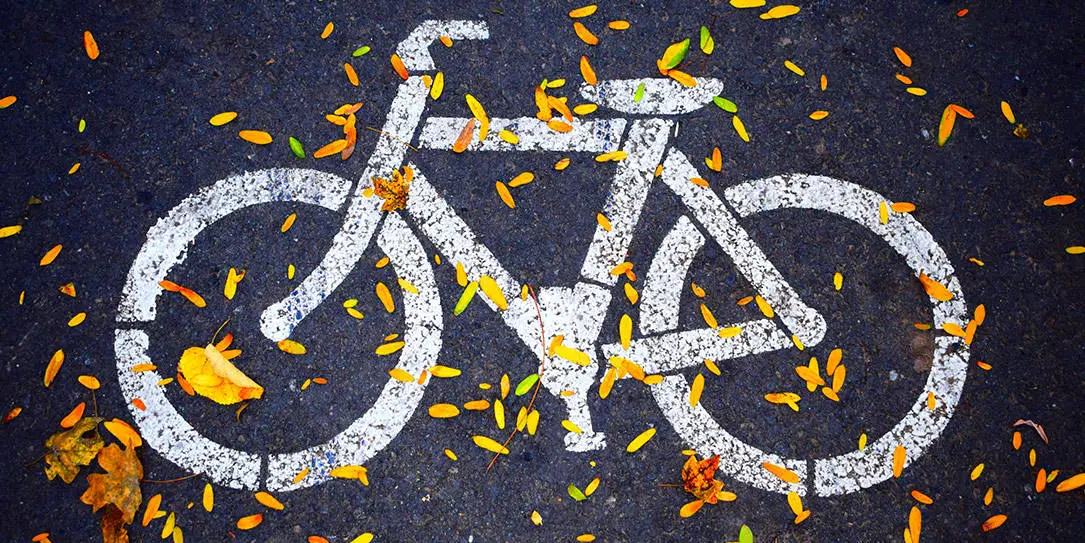Understanding E-Bike Rules And Regulations: A Newbie'S Manual For Your City
Understanding E-Bike Rules And Regulations: A Newbie'S Manual For Your City
Blog Article
Post By-Munk Braun
Before you hop on your e-bike and hit the streets, it's crucial to understand the legislations and policies that control your city. From rate restrictions to marked riding locations, there's a lot to consider to ensure you're certified and risk-free. By familiarizing on your own with the regulations specific to e-bikes, you'll be better equipped to appreciate your adventures without any unforeseen legal concerns. Keep tuned to uncover vital understandings that will aid you navigate the e-bike landscape in your city flawlessly.
Recognizing E-Bike Classification
When it comes to browsing the world of e-bike regulations and guidelines, an important starting point is recognizing the classification system that categorizes these electric bicycles. E-bikes are commonly identified into 3 primary categories: Course 1, Course 2, and Course 3.
Course 1 e-bikes are pedal-assist only, indicating they offer support while the cyclist is pedaling and have a maximum speed of 20 mph. These bikes are allowed locations where typical bicycles are permitted.
Course 2 e-bikes are outfitted with a throttle that can move the bike without pedaling. They additionally have a maximum speed of 20 miles per hour and appropriate for cyclists who may require help without pedaling constantly.
Course 3 e-bikes resemble Class 1 but with a higher maximum speed of 28 miles per hour. These bikes are frequently limited from particular bike courses or tracks as a result of their higher speeds.
Understanding these categories is essential for adhering to local laws and making sure a secure and pleasurable e-biking experience.
Navigating Rate Limitations and Limitations
To properly navigate e-bike legislations and regulations, it's essential to comprehend the rate limitations and limitations that apply to various classes of electrical bicycles.
Speed limitations for e-bikes vary relying on the classification of the bike. Course 1 e-bikes, which are pedal-assist only and have a maximum speed of 20 mph, are commonly enabled on bike lanes and courses.
Class 2 e-bikes, which have a throttle along with pedal-assist and additionally get to rates of as much as 20 miles per hour, may be limited in specific areas where motorized vehicles aren't permitted.
Course 3 e-bikes, with pedal-assist up to 28 miles per hour, are usually required to comply with the very same policies as standard bikes.
It is essential to stick to these rate restrictions and restrictions to ensure your safety and the safety of others when driving. Prior to riding your e-bike, familiarize on your own with the details regulations in your city to prevent any type of potential fines or legal issues.
Where to Trip Your E-Bike
To establish where you can ride your e-bike, it's vital to know the guidelines and standards details to your area. In many areas, e-bikes are usually allowed on roadways and streets where traditional bikes are allowed. This might include bike lanes, bike paths, and shared streets. Nevertheless, it's essential to examine regional regulations as some cities might have particular constraints on where e-bikes can be ridden.
When riding https://www.cyclingweekly.com/reviews/tools-maintenance-cleaning/how-to-wash-an-electric-bike-7-tips-on-safely-cleaning-your-e-bike -bike, always prioritize safety and security by adhering to traffic guidelines and appreciating pedestrian walkways. Additionally, be mindful of any designated bike lanes or paths in your area and utilize them whenever possible to ensure a smoother and much safer ride.
Some cities also have regulations relating to e-bike use on walkways, so make sure to acquaint on your own with these rules to avoid any type of penalties or fines.
you can find out more
Since you recognize with the legislations and policies surrounding e-bikes in your city, you can with confidence hit the road knowing where you can ride and what constraints relate to your e-bike classification. https://fat-bike-ebike-suppliers54431.bloggosite.com/38952295/translating-e-bike-classifications-an-introduction-of-their-significances in mind to constantly focus on safety and adhere to the guidelines to guarantee a smooth and legal trip. Delighted riding!
